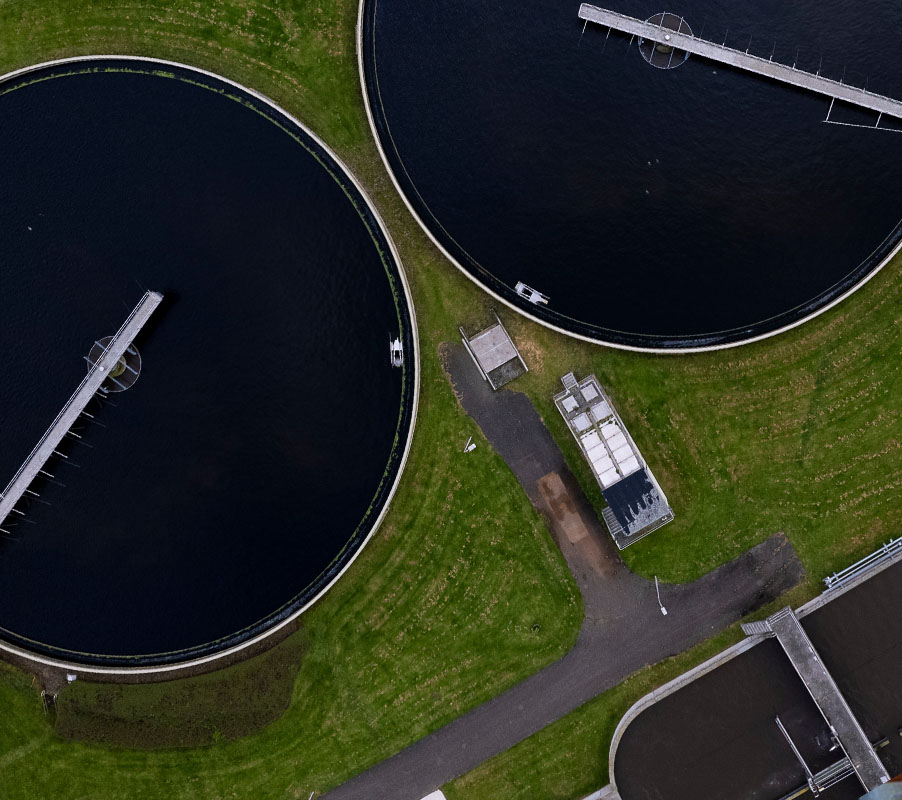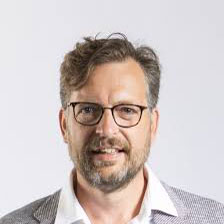
‘Smart’ sieving technology for wastewater at water boards
Bron: efro-oost.eu/nieuws
Every year, approximately 180,000 tons of cellulose fibers from toilet paper end up in the sewer. The water boards Rijn en IJssel, Vechtstromen, and Vallei en Veluwe recognize the importance and necessity of removing these cellulose fibers from wastewater.
Published on: June 11, 2024
With the project ‘Lucrative Cellulose Harvesting (LuCelO),’ they are testing a new ICABUS screening technology from Purgatoria in Veessen. They receive a contribution of over €460,000 from the European Regional Development Fund in East Netherlands (EFRO Oost). The total costs amount to over €1,000,000.
Collaboration
Within the project, Purgatoria and the water boards Aa en Maas, Rijn en IJssel, Vechtstromen, and Vallei en Veluwe will test and demonstrate the ICABUS concept. The results will assess its effectiveness, economic feasibility, and sustainability. This enables the water boards to develop their business plans for potential implementation within their regions.
For Purgatoria, collaboration within the project is essential. The expertise and experience of the participating parties, along with their willingness to share insights in a dedicated advisory group, further strengthen the development and subsequent market introduction of the ICABUS concept.
Currently, no wastewater treatment plant (WWTP) in East Netherlands has implemented this form of cellulose removal.
The Technology
It is already possible to remove these fibers from wastewater by using a sieve with small openings. However, a major drawback of this approach is that the sieve easily clogs, requiring frequent maintenance. In response to this issue, Purgatoria BV has developed the ICABUS concept, which addresses these problems. By positioning the sieve plate and the water flow nearly parallel, the length of the fiber is used for separation. The buildup of fibers on the sieve plate forms a layer that takes over the filtration process, capturing particles smaller than the mesh size. A brush then sweeps the paper remnants off the sieve into a collection bin.
The expectation is that the sieve will clog less quickly, leading to less maintenance. Additionally, the sieve has less impact on water pressure, which positively affects energy consumption. An important added benefit of the ICABUS is the high dry matter content it produces, which helps reduce the number of transport movements at a WWTP. The screened material can be used in the water boards’ own digesters for green gas production. This supports the water boards’ strategy to be fully circular by 2050.
Subsidy
The EFRO contribution is a subsidy for test and demonstration projects. It is intended for demonstrations of new applications and solutions, allowing businesses and society to gain experience with and adopt them more quickly. Innovations are crucial for the competitive position of companies and, by extension, for the regional economy. Furthermore, innovations contribute to solutions for the major challenges of today.
Curious
Would you like to know more about this project? My name is Frans Durieux and I would like to tell you more about it.
Mail : Frans@purgatoria.nl

